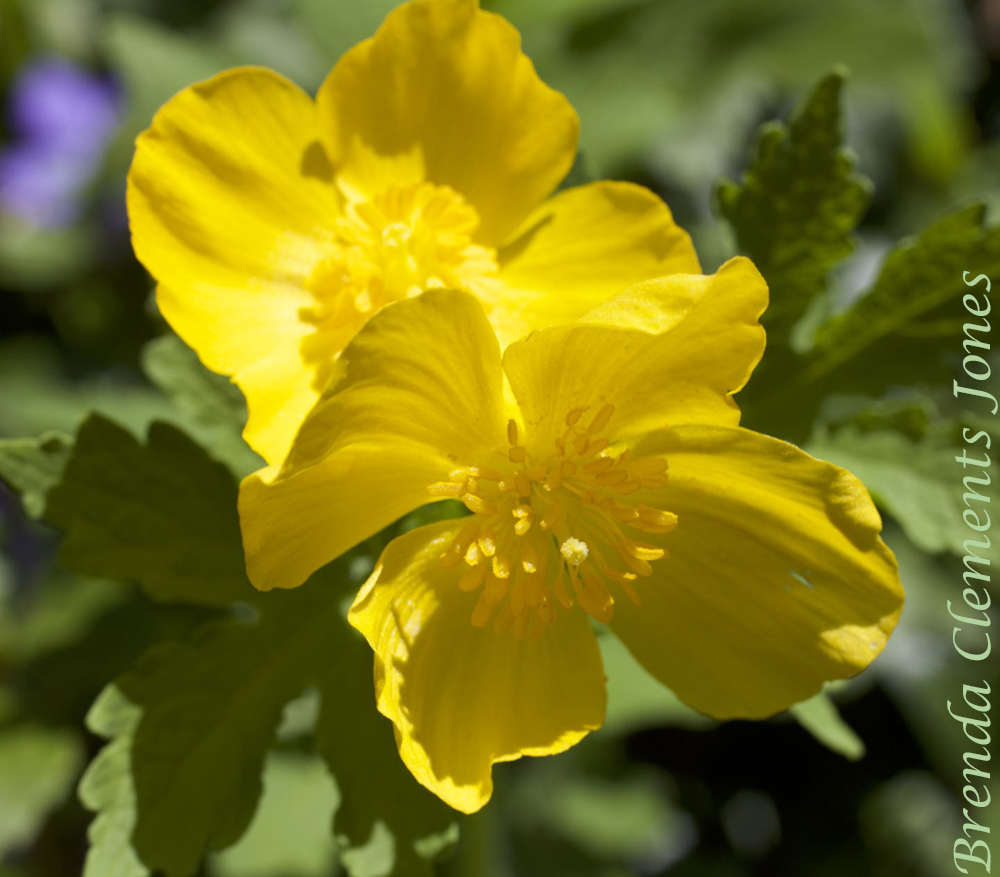
I’ve written about Wood Poppy (Stylophorum diphyllum) before but I enjoy the native flower with its happy yellow so much I’d like to tell you more about it.

The deeply lobed green-blue leaves of Wood Poppy are poking up from the surface of the soil here in the Blue Ridge now, as the month of March approaches its midpoint.

By the beginning of April, I expect I’ll be seeing some woolly buds ready to reveal their four golden petals.

As the flower opens the two pale green sepals that protect the bud soon fall away.

The flowers of Wood Poppy provide pollen but not nectar to their visitors. Those flowers have many stamens that are topped with rich yellow anthers surrounding a pistil, style and stigma.

After insect or self pollination a seed capsule is formed which eventually hangs below the leaves.

Many seeds are released from the capsule. Seeds which are distributed in a process called mymecocory, or in simpler terms, seed dispersal by ants. These seeds have nutrient rich appendages called elaisomes. Ants collect the seeds so that their larvae can be fed the elaisomes and the remains of the seeds are tossed away in the ant colony’s “trash room.”

That trash room in an underground ant colony is the perfect place to start growing seeds. Of course the ants aren’t aware of it, but they are perfect little ant farmers. Starting a new cycle of Wood Poppies.
